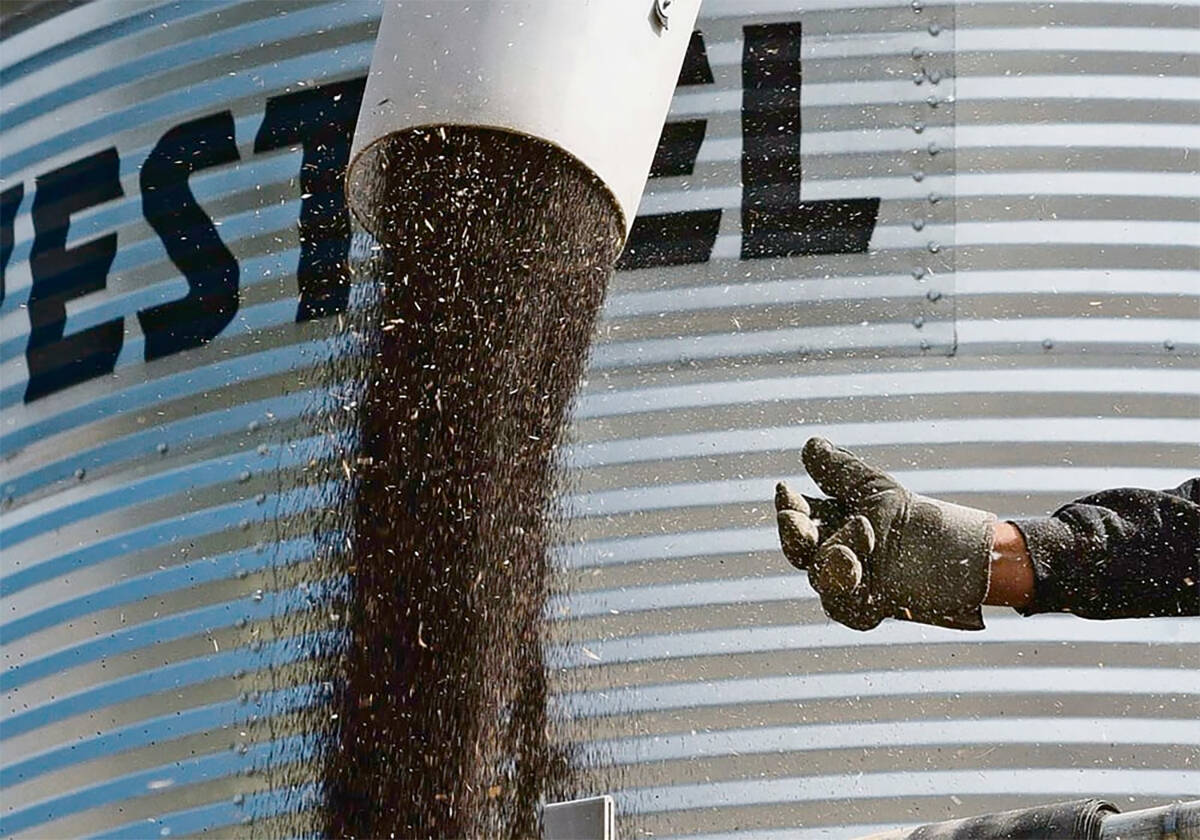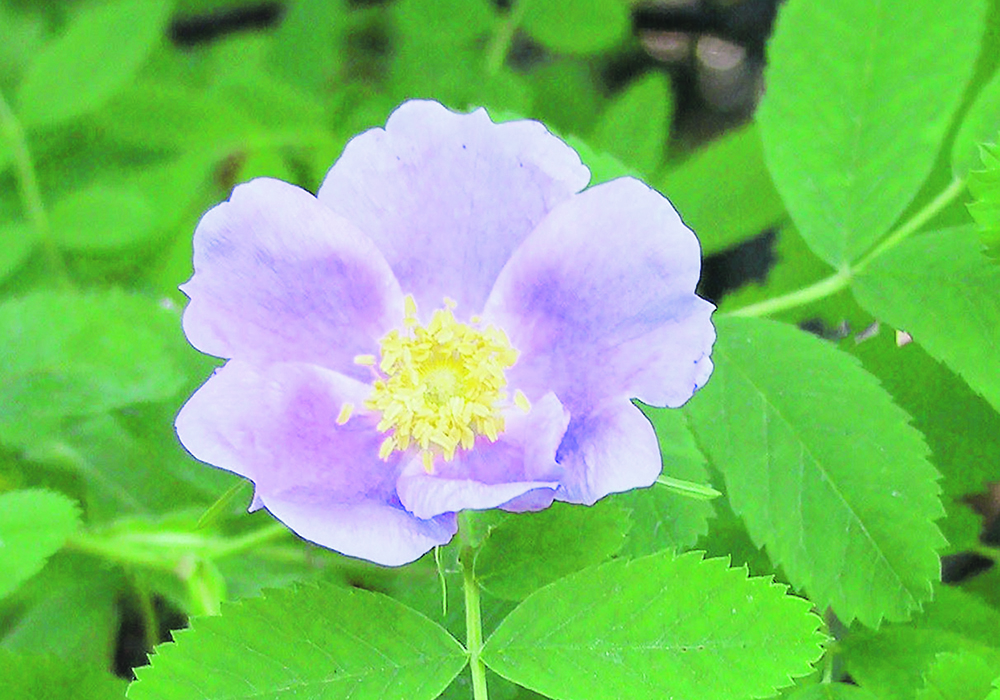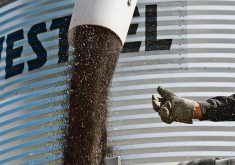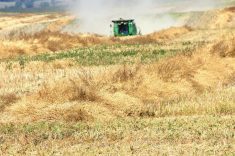Violets, roses, marsh marigolds and tiger lilies were among the blooms that added highlights to a prairie landscape
Shaded by dozens of big trees, the farmyard of my childhood was not the best place to grow flowers, so anything with the least bit of colour captured my curious young eyes.
Wild violets growing here and there in the shady patches of the river bush were usually yellow but purple violets were at a premium.
One day, I chanced to peek under the old threshing machine, sidelined by obsolescence, and growing beneath it were numerous purple violets. I couldn’t wait to tell someone, but not my older sister. She would have picked them all to make a bouquet but I wanted to prolong the magic as long as possible.
Read Also

Farmers urged to be grain-safe this fall
Working around grain bins comes with risk, from farmers falling to drowning in grain: Experts have five tips to help avoid grain-related accidents this harvest.
Day after day, I slyly visited the old threshing machine to delight in the patch of violets growing underneath it.
In late spring when the saskatoon, chokecherry and high bush cranberries were in bloom behind our house, I liked to bury my nose in the perfumed clusters of white flowers. To me, it was far more pleasant than picking the berries they produced later on.
A few wild roses, of such pretty pink and delicate scent, grew along the sand knoll. Once in a while I would discover some wild honeysuckles flowers and pinch off a tip or two just to sample the nectar.
The huge lilac hedge that separated the barnyard from the house afforded me the chance to actually pick some blooms to decorate the dining room table, but I was always disappointed that the lilacs wilted far too soon in their quart sealer vase.
On the south side of the farm, there was a small area we called the muskeg. My mother, noting my interest in anything that blooms, alerted me to the fact that marsh marigolds grew there. I could hardly wait to don my rubber boots and go exploring.
Sloshing through the mud and water, I spied some bright yellow flowers. Maybe that’s why, even today, my garden glows with marigolds of all kinds. Easy to grow, in all kinds of soil, in any kind of weather, marigolds are still one of my favourite flowers. Sadly, their wild ancestors in the muskeg of long ago were wiped out when a bulldozer was brought in to level the field and create drainage.
The Canadian National Railway ran through the middle of our farm, and many, many times my mother and I walked to the village a mile distant along its tracks. The right-of-way seemed to be the most inhospitable ground on which anything could grow, with its sand and gravel peppered by cinders from the old steam engines.
Surprisingly, however, short clusters of small orange flowers with a unique perfume bloomed on either side of the railway tracks. My mother called them cowslips, no doubt a misnomer because despite considerable research on the internet, I have never been able to find any blooms that look like those I remember. (I would be interested in knowing if any readers recall seeing such flowers or if you know the correct name for them.)
Growing alongside those same railway tracks were wild tiger lilies, and thankfully they still appear here and there along roadsides.
Driving to our favourite fishing hole about 800 kilometres north of Winnipeg, I spied some familiar orange lilies nodding in the breeze along a barren stretch of highway.
It was on one of those fishing trips that we struck up acquaintance with a retired farmer I’ll call John, who was parked in the same campground. We got to reminiscing around the campfire one evening and I guess I must have lamented that so many of our native wild flowers have slowly disappeared from the southern prairies — pink lady slippers for one.
The next morning he ambled past our camper, pulling his canoe cradled on a homemade contraption constructed of lightweight aluminum and two bicycle tires.
He explained that his old back couldn’t take the long portage into his favourite fishing spot anymore, so he rigged up a cart, of sorts.
“Works purty good. I just fold it up and put it in the canoe till I gits to where I’m goin’. Sure beats totin’ that canoe overhead along the trail.”
That afternoon he stopped by our campsite and presented me with a small bouquet of pink lady slippers.
“Oh, they are lovely,” I exclaimed, as I tucked them into a pop-can vase on our picnic table. “But you shouldn’t have picked any. Where did you find them?”
“I portaged three miles into that lake where lady slippers grow all along its shoreline.”
“Catch any fish?”
“Naw, not really. I mostly went to git you folks those lady slippers you talked about last night.”
Such a gift from a stranger so many decades ago still remains in my mind, along with memories of the many wild flowers that have become just that —memories.















